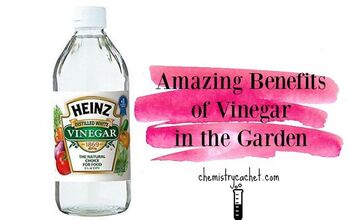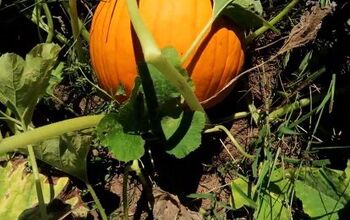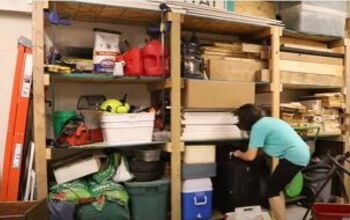3 Money-Saving Vegetable Patch Tips From The Great Depression
The Great Depression of the 1930s was a period marked by scarcity, economic hardship, and widespread unemployment.
During these tough times, many people turned to growing their own food to survive, and the humble vegetable patch became a symbol of resilience and resourcefulness.
Families across the country grew what became known as "victory gardens," learning to make the most of limited resources while ensuring their survival.
Today, the lessons learned from these difficult years still hold immense value for modern gardeners.
Here are some vegetable patch tips passed down from the Great Depression era that can help you grow a thriving, sustainable garden even in challenging times.
Table of contents
Disclaimer: Simplify may receive a small affiliate commission from purchases made via links in this article but at no cost to you.
1. Maximize space
During the Great Depression, most families didn't have large plots of land to cultivate, so they had to be creative with the space they had.
One of the key lessons from this period was how to maximize every inch of your garden by growing vertically and using succession planting techniques.
Vertical gardening was a necessity back then and still applies today for small spaces. Families would use trellises, fences, and even homemade supports to grow crops like beans, cucumbers, and peas vertically.
This practice not only saved space but also made harvesting easier and reduced the risk of disease by keeping plants off the ground.
In addition, succession planting — planting new crops as soon as one was harvested — ensured that the garden was always producing.
For example, once radishes were harvested, another quick-growing crop like lettuce or spinach would take its place. This constant cycle of planting kept families well-stocked with fresh vegetables throughout the growing season, even in small garden beds.
Greenstalk 7 Tier Leaf Vertical Planter
2. Save seeds
Seed saving was an essential skill during the Great Depression, as many families couldn’t afford to buy new seeds each season.
By learning how to properly harvest and store seeds from their existing crops, families ensured they had a sustainable source of food year after year.
For example, families would collect seeds from their best-producing plants like tomatoes, beans, and squash. They knew that the healthiest plants often passed down their strong traits to the next generation, so saving seeds was not just about survival but also about improving their crops over time.
Learning to save seeds is a great way to reduce gardening costs and ensure you have access to crops adapted to your local growing conditions.
Today, it’s an eco-friendly practice that connects us to the wisdom of self-sufficiency, ensuring that you’re not reliant on seed companies or commercial suppliers for your garden’s success.
The Seed Saving Bible by Steven Wood
3. Composting
Composting wasn’t just a trendy sustainable practice in the 1930s — it was a necessity.
Fertilizers were often out of reach for many, so Depression-era gardeners learned to make their own soil-enriching compost using kitchen scraps, yard waste, and manure.
Nothing was wasted; even things like coffee grounds, eggshells, and vegetable peels found a second life as valuable organic matter.
By returning organic material to the soil, families were able to create rich, fertile beds that boosted plant growth naturally. This closed-loop system not only saved money but also improved the quality of the soil over time.
Today, composting remains one of the most effective ways to build healthy soil in your vegetable patch. By turning organic waste into nutrient-rich compost, you reduce the need for chemical fertilizers while improving your garden’s productivity.
Utopia Kitchen Compost Bin for Kitchen Countertop
Tips from the Great Depression
The Great Depression was a time of hardship, but it also taught many valuable lessons about resilience, resourcefulness, and the importance of self-sufficiency.
From maximizing space through vertical gardening and succession planting to saving seeds and composting, the wisdom passed down from that era still resonates today.
In a world where food security and sustainability are growing concerns, these timeless gardening tips from the Great Depression can help modern gardeners create thriving vegetable patches, even in the face of challenges.
By embracing the simplicity, creativity, and hard-earned knowledge of those who came before us, we can cultivate not only our gardens but also a greater sense of resilience and independence.

























Comments
Join the conversation